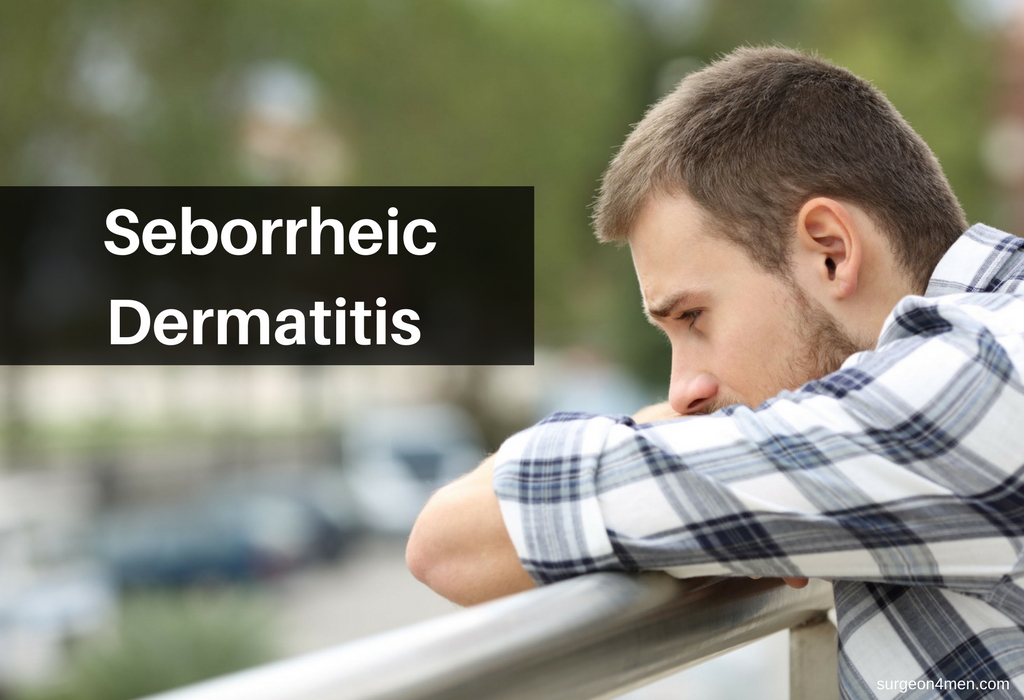Seborrheic Dermatitis on Penis
Definition and Prevalence:
Seborrheic dermatitis, a papulo-squamous disorder of the skin, is a common condition that affects oily areas of the skin. It is known to be seen in parts of the skin that have high sebum production, like the eyebrows, back, armpits, face, upper chest, nasolabial folds, groins, gluteal cleft and genitalia. This condition occurs within 3 to 5 percent of the population and is commonly observed among young adults and those who are more elderly.
Cause
The cause of the disorder is related to the rapid growth of Malassezia, a skin pathogen in the yeast form, which degrades sebum to fatty acids that then irritate the skin. This skin irritation leads to dermatitis. An individual’s chance of contracting this condition depends on two factors: their sebum production and immune system response to yeast growth. Furthermore, patients may contract this disorder through other related conditions. Seborrheic dermatitis has been linked to other conditions including, but not limited to, depression, Parkinson’s disease, HIV, individuals who take immune-suppressants or systemic corticosteroids, and those with a familial history of psoriasis.
Symptoms
Seborrheic dermatitis presents itself as scaly erythematous red patches, which form bigger lesions. When it forms on the male penis, it can be seen as a scaly red plaque on both the shaft and glans of the penis. While not a dangerous and compromising condition, it is indicative of improper care and substandard hygiene. Moreover, while treatment can make the patches disappear, they can come back after a certain amount of time.
Diagnosis
Due to its visual nature, seborrheic dermatitis is diagnosed based on the apparent lesions. In some cases, differential diagnoses can include tinea, psoriasis, Bowen’s disease of the glans, atopic dermatitis, or erythroplasia queyrat.
Treatment
Treating this skin condition requires treating multiple things: scales, yeast, inflammation, and overall health levels.
Keratolytics are used to treat the red scales; topical antifungal medicines, like ciclopirox, are used to decrease the Malassezia yeast levels; topical corticosteroids reduce inflammation; oral antibiotics and phototherapy may also be used for treatment.

